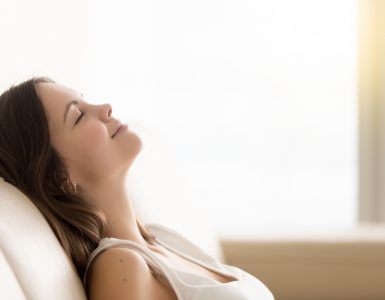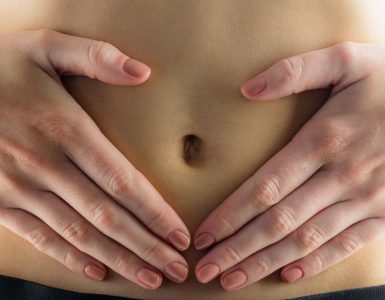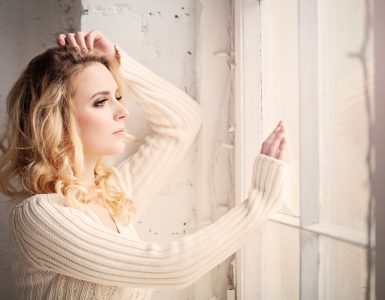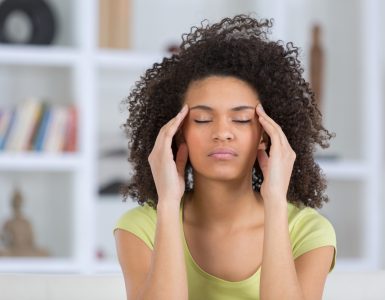(lavandula angustifolia Miller)
Botanical family: Lamiaceae
Parts used: Flower
Main active constituents: Volatile oil, tannins
Actions: Carminative, antispasmodic, sedative
Available forms: Extract, essential oil.
Lavender flower consists of the dried flower of lavandula angustifolia, gathered shortly before unfolding.
History of Lavender flower
Lavender is an aromatic shrub native to the low mountains of the Mediterranean basin and comes mainly from France. Lavender was used as an antiseptic in ancient Arabian, Greek and Roman medicines. Its name comes from the Latin ‘lavare’ meaning ‘to wash’, presumably referring to its use as a bath additive for the purification of body and spirit.
Current uses of Lavender flower
INSOMNIA AND NERVOUS CONDITIONS
In Germany, lavender is licensed as a standardised herbal medicine to relieve symptoms of mild anxiety and stress as well as a nervous stomach and nervous disorders of the intestines.
How to take Lavender flower
The equivalent of approximately 0.8-1.6g dailyEssential Oil: 1-4 drops (approximately20-80mg)
Lavender can be taken with other supplements.
Lavender can be taken continuously.
Watchpoints
There is no evidence that lavender interacts with prescribed drugs if taken at the correct dosage.Try this
Lavender is widely available as a tincture or aromatherapy oil in health food stores.






